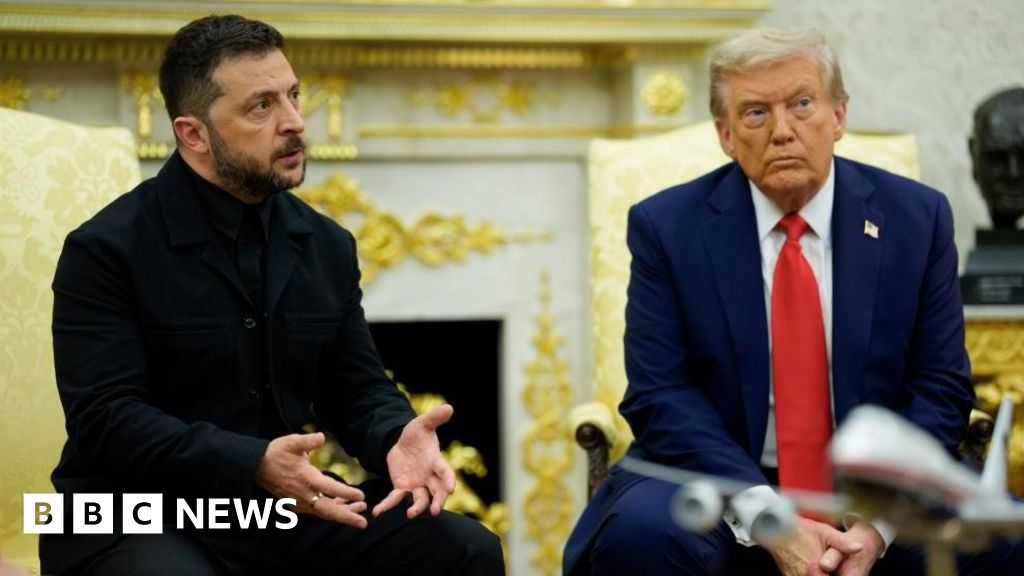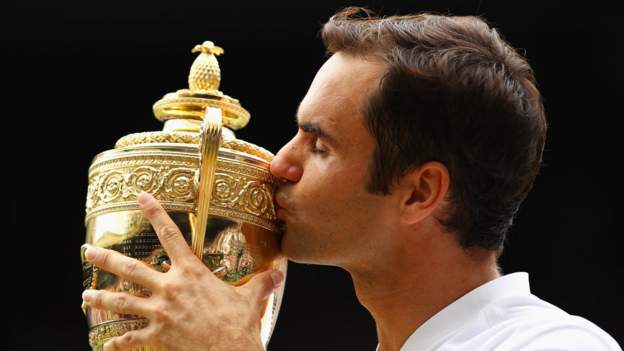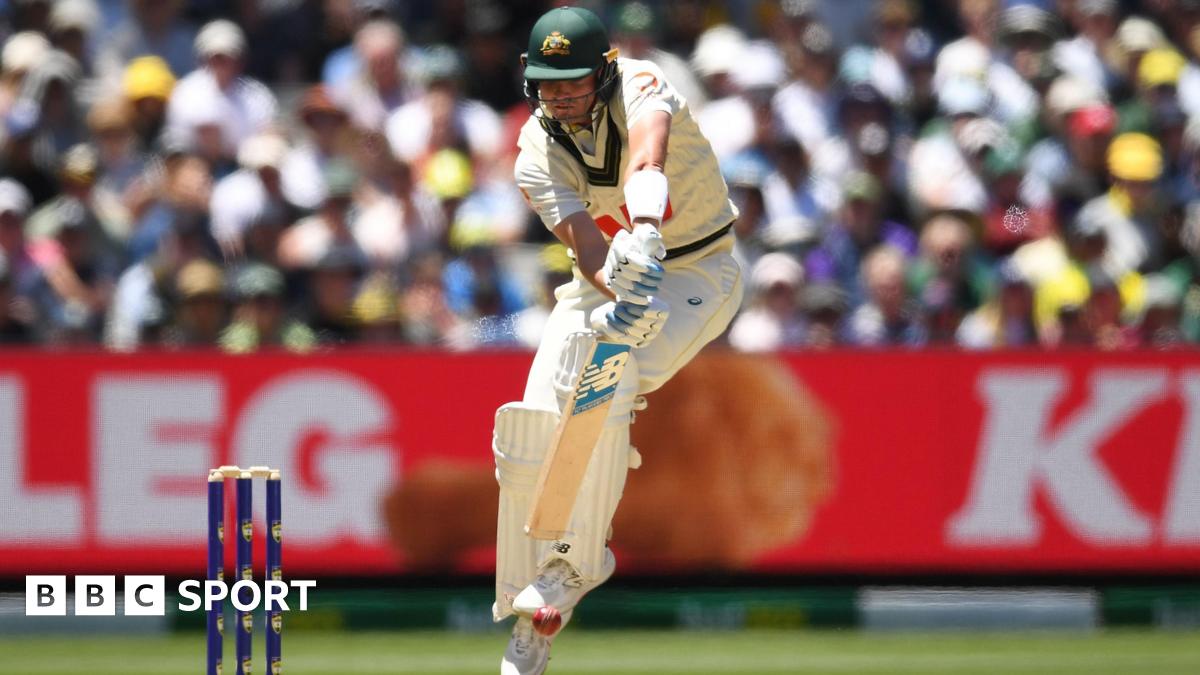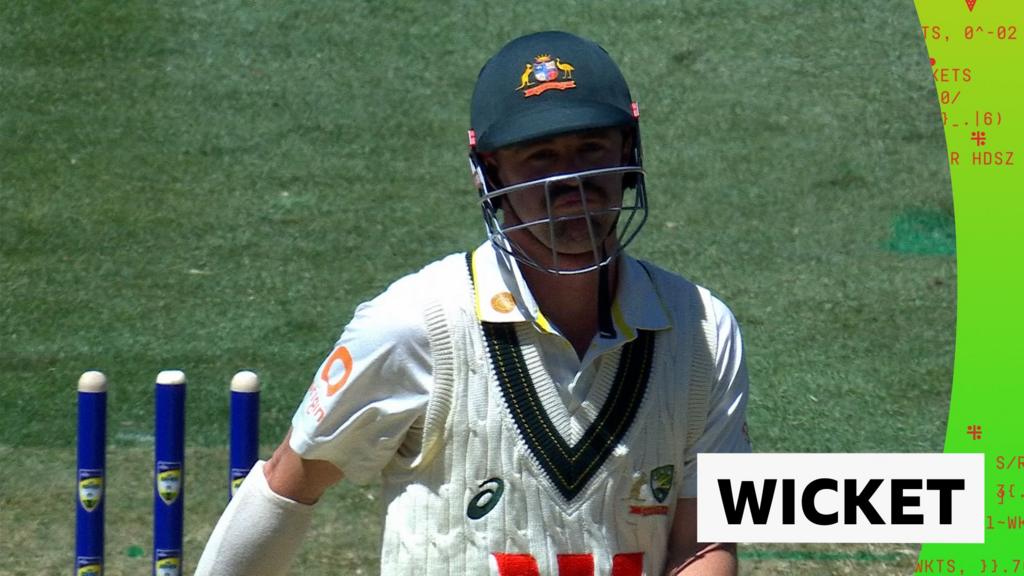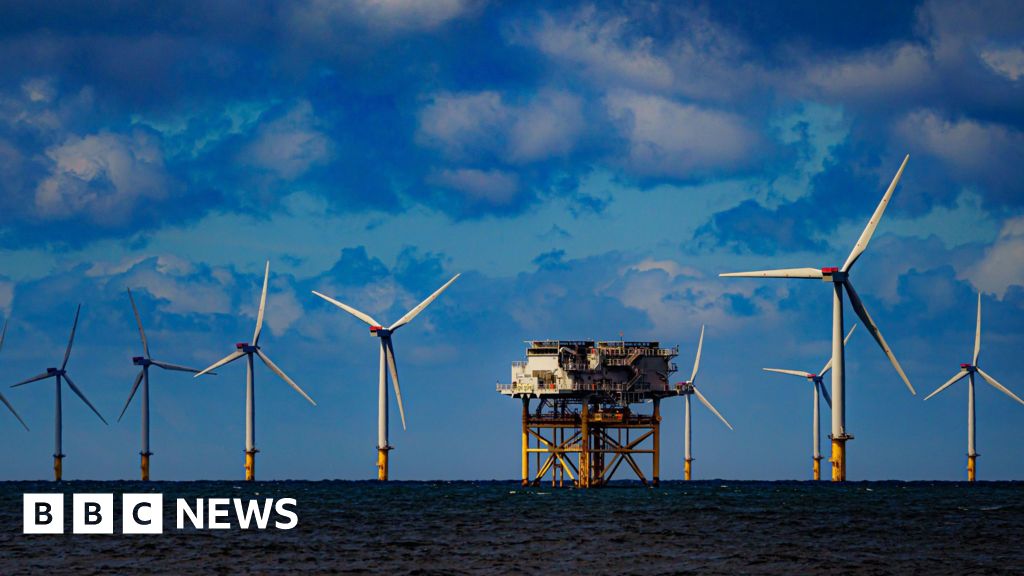“You have to wonder if he’s from the same planet.”
Over the past 20 years it was not only Novak Djokovic who wondered if Roger Federer had been crafted and dropped onto Centre Court by the tennis gods.
The greats excel in sport.
Federer, who has announced he will retire later this month, was also one of a select few who could draw you in and grab your heart, while seemingly reaching perfection.
Others may now have won more titles – let’s leave the ‘GOAT’ debate for another day – but for many the once stroppy youngster was sport at its pure best.
With a graceful swish of a forehand, a pinpoint delivery of a serve or a gentle wave to the crowd, the Swiss legend gained fans unlike anyone before him.
The 41-year-old’s skills were learned on the courts of the Swiss National Tennis Centre in Basel.
As a teenager he was supremely talented but known for his temper. It is said he was given the punishment of cleaning toilets after one costly throw of the racket aged 16.
It may now be a distant memory but Federer’s penchant for petulance continued into his early years on the professional tour.
“It took me like two years to find that fire and ice,” he said in 2018. “The fire to win but the ice coolness to absorb losses and bad mistakes. Then my career went through the roof.”
In truth, when Federer found that state his game did not just go through the roof, it continued into another stratosphere.
After making his name as a 19-year-old by beating Pete Sampras at Wimbledon in 2001 and a year after the death of his influential early coach in a car accident, Federer won his first of a record eight men’s SW19 titles in 2003 – and cried during his post-match interview with Sue Barker to endear himself to a nation.
In the four years that followed he won 11 of the 16 available Grand Slams in a period of dominance the sport had rarely seen.
A swagger, shown in the gold-trimmed cardigans worn on court, was now fully justified.
Another eight Slams would come across the next 11 years but Federer’s story, and his popularity, has been shaped by crushing lows too.
The first came in 2008 when he was beaten in the Centre Court gloom by Rafael Nadal in the Wimbledon final – a five-set epic widely regarded as one of the greatest tennis contests of all-time.
Six months later when the Spaniard denied him again in the Australian Open, the Swiss broke down in tears.
“God this is killing me,” he said.
A great was forced to bare his soul.
But in June 2009, Federer was overcome again – this time shedding tears of joy – after responding to the previous loss by winning a long-awaited first French Open title.
That completed the career Grand Slam, a feat only five men had previously achieved although both Nadal and Djokovic have matched it since.
Three more wins quickly followed, including a victory over an emotional Andy Murray at Wimbledon in 2012, but for five years afterwards it seemed as though Federer’s Grand Slam tally would remain at 17, as the first signs of serious injury began to seep into his career.
To come, though, was a second golden period for Federer – one shorter but no less remarkable.
Now aged 35, and after six months out with a knee injury, he won the 2017 Australian Open – Nadal, of course, the opponent in another five-set thriller.
After a winning forehand Federer screamed in disbelief, while the world cherished another encounter between great rivals turned friends. His eighth win at the All England Club, and a sixth in Australia, followed in the next 12 months.
Federer’s legacy will of course be intertwined with that of Nadal and Djokovic, who gatecrashed the Swiss’ one-man party at the top of the men’s game and made it an event for three.
Federer set the benchmark at 20 Grand Slams but, while struggling for fitness in much of the past three seasons, has seen first the Spaniard and then the Serb go past his major tally.
Throughout it all, though, Federer has been number one for fans and also sponsors.
He sits alongside Lionel Messi, Cristiano Ronaldo, LeBron James and Tom Brady in a list of the world’s richest sportspeople.
Federer and another tennis great Serena Williams, who also announced her retirement last month, have not just excelled in the sport. They have transcended it.
Wherever he has gone, Federer has been cheered by spectators, none more so than at Wimbledon this year when he was given the most raucous reception among a cast of legends as part of Centre Court’s centenary celebrations.
Such is his longevity, two generations do not remember a sporting landscape without him.
Touching tributes following Federer’s retirement have come from Nadal and further afield, a regular theme that “tennis will never be the same again”.
Federer, plus Nadal and Djokovic who look set to play on for a while yet, have left the next generation with a task similar to following The Beatles at Glastonbury.
The Swiss will appear once more on the professional tour, in the Ryder Cup-style Laver Cup later this month – a tournament he has helped create. Given it is more than a year since he last played, what standard he will be able to reach is not clear.
Tennis fans will descend on London, however, even if just to say one thing;
“Thank you Roger, for the memories.”

